Learn about the various penalties F1 drivers face for breaking the rules and how they can lead to a race ban.
Just like any other competitive arena, F1 operates under a strict set of rules and regulations established by the Fédération Internationale de l'Automobile (FIA), the governing body for motorsport. These regulations are meticulously crafted to ensure safety and fairness for all drivers.
From transgressions like speeding in the pit-lane to more serious offenses like causing a collision, the stewards, a panel of experienced officials, are tasked with evaluating incidents and assigning appropriate penalties.
Repeated violations can lead to severe penalties, culminating in a race ban - the ultimate nightmare for any driver.
YOU MIGHT ALSO LIKE...
F1 Explained: What is a pit stop and how does it work?
Pit stop strategy explained: How the undercut and overcut work in F1
Penalties in F1
Now, let's delve into the world of F1 penalties and see just how severe things can get.
Warnings
The least severe form of penalty - a warning is essentially a slap on the wrist. It serves as a reminder to the driver that they have strayed close to the line but carries no further consequences.
However, if a driver receives multiple warnings for the same offence, they may face a time penalty, depending on the situation.
For example, if a driver exceeds track limits four times, they will receive a five-second time penalty.
Reprimands
A step up from a warning, a reprimand doesn't affect a driver's race position or points, but if they continue to rack up reprimands, the stewards may escalate to harsher penalties.
Each driver has four reprimands allowed in a season before they are hit with a 10-place grid penalty in the fifth.
These reprimands can be issued for both sporting offences, like pit-lane infringements, and non-sporting offences, such as Sebastian Vettel's 'Same Love' t-shirt worn during the Hungarian GP national anthem ceremony in 2021.
Time penalties
Time penalties, the most common consequence for on-track infractions, come in two ways: served penalties or post-race time penalties.
Served penalties is when a driver pits but their pit crew can't work on the car until the penalty time (usually five or ten seconds) elapses.
Post-race time penalties, on the other hand, are added directly to a driver's finishing time after the race. This applies if a driver doesn't pit after receiving the penalty.
Drive-through & stop-and-go penalties
Stewards can also dish out a drive-through penalty or a stop-and-go penalty, which cost drivers valuable time.
A drive-through penalty requires the driver to enter the pit-lane at the permitted speed, without stopping for service, and then rejoin the race - all within two laps. If the penalty is assigned after the race, they get 20 seconds to their race time.
Fernando Alonso was hit with a post-race drive-through penalty for 'potentially dangerous' driving during the 2024 Australian GP.
A stop-and-go, on the other hand, is when a driver is forced to enter the pits, wait for a full 10 seconds without any work being done on the car - not even changing tyres - then rejoin the race.
If the penalty comes in the final three laps, 30 seconds are added to the driver’s finishing time instead.
Grid penalties
Grid penalties are a pre-race punishment that forces drivers to start lower than their qualifying position. This often happens when drivers exceed their allowed number of engine component changes.
However, grid penalties can also be issued for on-track offences in some cases. For example, Daniel Ricciardo was hit with three-place grid penalty for the 2024 Miami Sprint race after the stewards deemed he breached the Safety Car regulations during the Chinese GP.
The Australian initially got a 10-second penalty for passing Nico Hulkenberg under safety car conditions, but since he retired from the race, a three-place grid penalty was imposed instead, as well as two penalty points on his Super Licence.
Disqualification
The harshest penalty a driver can receive during a race is disqualification. This completely removes them from the results, regardless of their finishing position. It's usually reserved for very dangerous driving offences or failing post-race technical inspections.
In 2023, Lewis Hamilton and Charles Leclerc were both disqualified from the United States Grand Prix in Austin, losing their respective P2 and P6 finishes after a post-race check.
The check found the skid blocks on the Mercedes and Ferrari to be excessively worn out, meaning they did not conform to F1's Technical Regulations regarding planks.
Suspension
The most severe penalty, reserved for the most egregious offences, is a race suspension. This effectively bans the driver from competing for a set number of races, typically handed down for dangerous driving or a flagrant disregard for the rules.
However, such penalties are rare - only six drivers have been suspended in the last 40 years, with Romain Grosjean being the most recent case after he caused several crashes in the 2012 season.
How do F1 drivers get banned?
F1 has used a penalty point system since 2014 that acts as a long-term deterrent for reckless driving.
Drivers receive penalty points for various offences. These points accumulate on their FIA Super Licence for 12 months and exceeding 12 points triggers an automatic one-race ban.
Haas driver Kevin Magnussen was slapped with a one-race suspension in Azerbaijan following the 2024 Italian Grand Prix, becoming the first driver to be banned under this system since its inception.
The Danish driver received two penalty points for causing a collision with Pierre Gasly at Monza, bringing his total to 12 points.
READ MORE: F1 Explained: A beginner's guide to all the key terms and definitions
Related






 GP AUSTRALIA
14 - 14 Mar
GP AUSTRALIA
14 - 14 Mar

 GP CHINA
21 - 21 Mar
GP CHINA
21 - 21 Mar
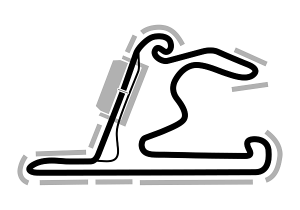
 GP JAPAN
4 - 4 Apr
GP JAPAN
4 - 4 Apr

 GP BAHRAIN
11 - 11 Apr
GP BAHRAIN
11 - 11 Apr
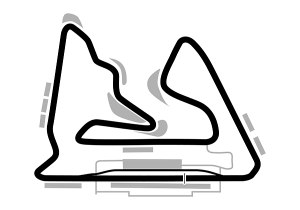
 GP SAUDI ARABIA
18 - 18 Apr
GP SAUDI ARABIA
18 - 18 Apr
 GP USA
2 - 2 May
GP USA
2 - 2 May
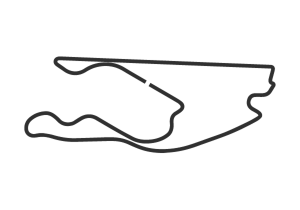
 GP ITALY
16 - 16 May
GP ITALY
16 - 16 May
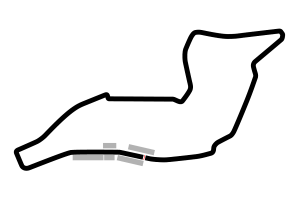
 GP MONACO
23 - 23 May
GP MONACO
23 - 23 May

 GP SPAIN
30 - 30 May
GP SPAIN
30 - 30 May

 GP CANADA
13 - 13 Jun
GP CANADA
13 - 13 Jun







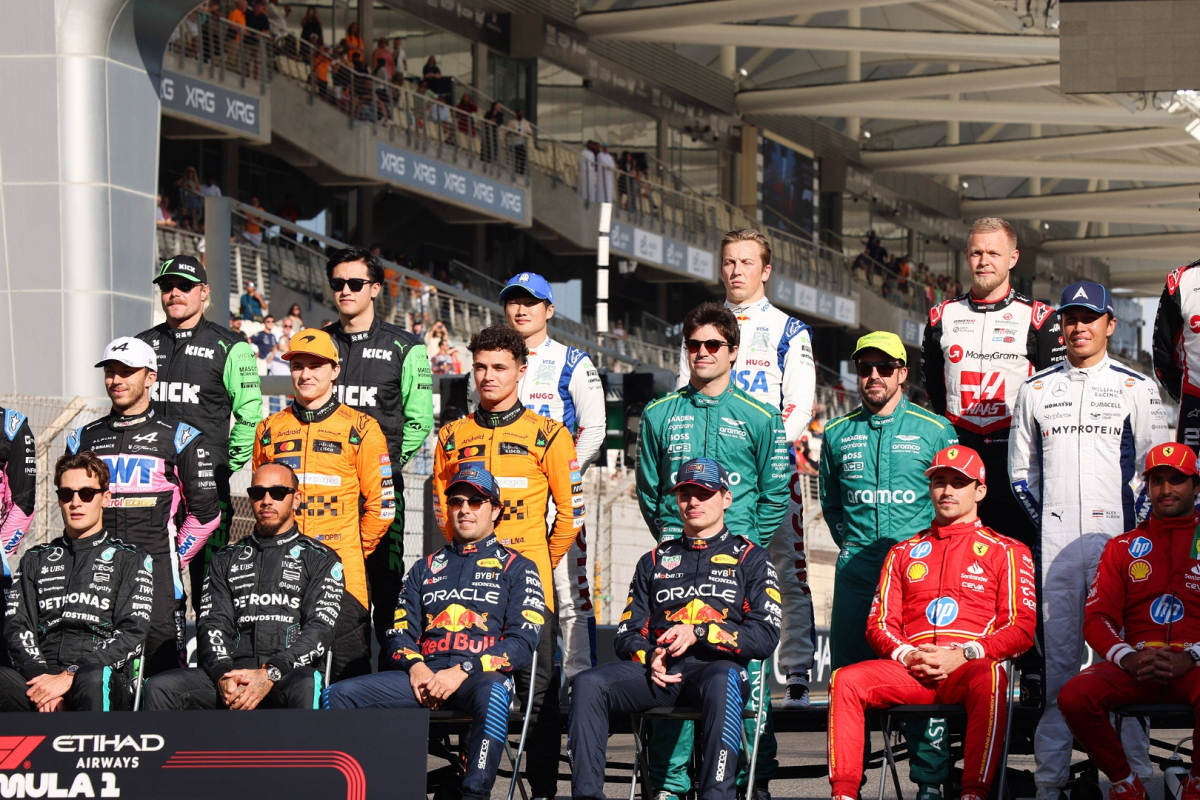
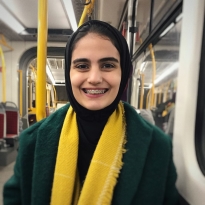












 Grand Prix of Austria 2025
Grand Prix of Austria 2025  Grand Prix of Belgium 2025
Grand Prix of Belgium 2025  Grand Prix of Hungary 2025
Grand Prix of Hungary 2025  Grand Prix of Azerbaijan 2025
Grand Prix of Azerbaijan 2025  Grand Prix of Singapore 2025
Grand Prix of Singapore 2025  Gran Premio de la Ciudad de Mexico 2025
Gran Premio de la Ciudad de Mexico 2025  Grande Prêmio de São Paulo 2025
Grande Prêmio de São Paulo 2025  Qatar Grand Prix 2025
Qatar Grand Prix 2025  Grand Prix of Abu Dhabi 2025
Grand Prix of Abu Dhabi 2025 